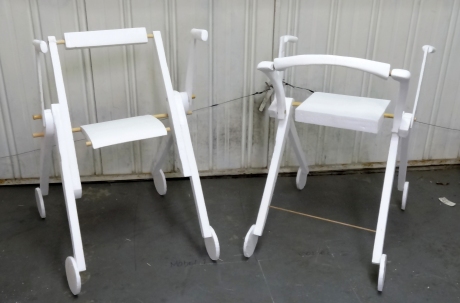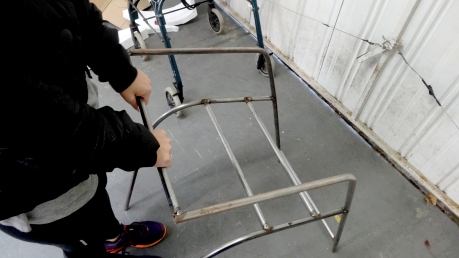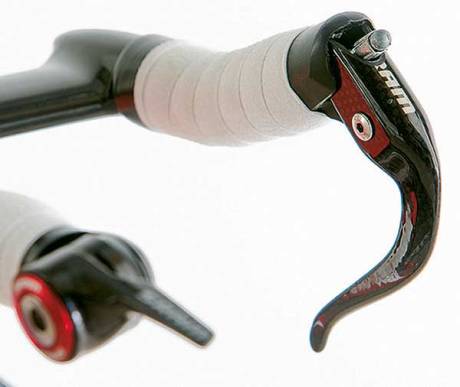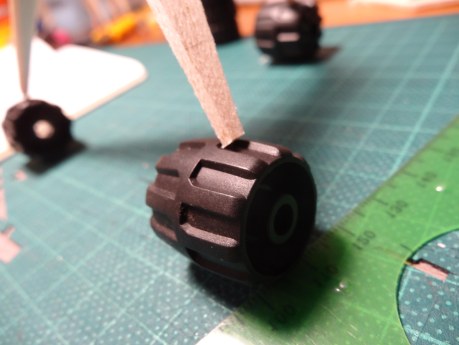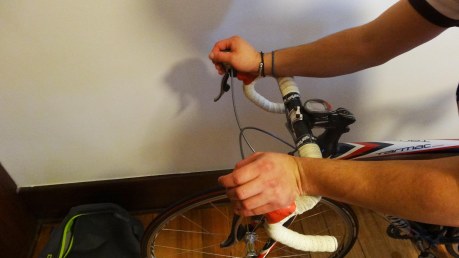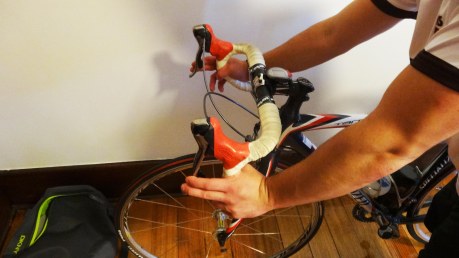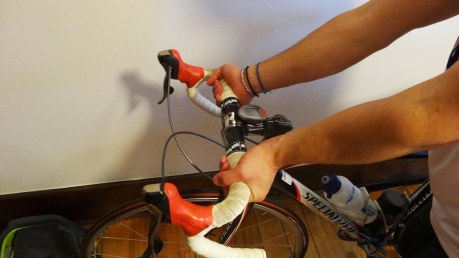Through the feedback I received on the project so far it has become apparent that a ‘walking roller aid’ device isn’t the right path to continue to achieve the design goals, while the objectives and solution remain the same the resulting product is going to take on the form of a cane rather than a frame. This is as a result of further user feed back, the range of disability and problems the project is trying to address. This seems like a more suitable path and outcome.
The cross over section of the legs need a joint that gives the legs a range of motion that allow them to extend and lock for use but to also be folded when not in use. These are some joint mechanisms along those lines.
The ratchet joint (similar to a knee joint) is one of the suitable types joints similar to the one implemented in the Bambi table by Caroline Olsson.The location and angle of the table legs are adjustable and lockable at different points as seen below.

 http://blog.gessato.com/2012/01/29/bambi-kneeling-table-by-caroline-olsson/#ixzz2W6lwkna7
http://blog.gessato.com/2012/01/29/bambi-kneeling-table-by-caroline-olsson/#ixzz2W6lwkna7
I’ve been looking at how the braking lever can be made to be more reactive and how the brakes can me made neater with call the cables hidden within the frame. Here is an example of this with Fabian Cancellara’s Specialized bike.
 Cables tucked away neatly in the frame.
Cables tucked away neatly in the frame.
http://www.cyclingweekly.co.uk/news/latest/427660/fabian-cancellara-s-specialized-shiv-tt-bike.html
At Shiro Studio in London they have been trying to replicate the way connective tissues, bone structures in human body which are extremely light yet offer a great amount of strength. I would love to incorporate this kind of structure within my project in order to help meet the goal of being lightweight yet able to to hold an adults weight.
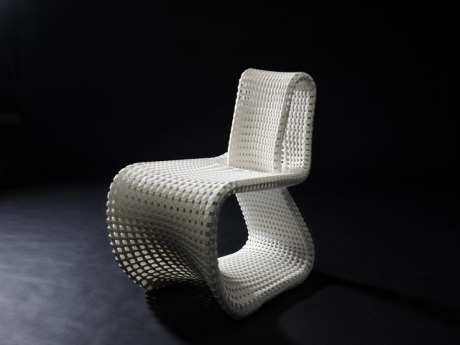 The Cellular Loop is the first cantilever chair to be 3D-printed. Anke designed it at the Folkwang University of the Arts, in collaboration with the German Fraunhofer Institute, using nature as an inspiration for its construction.
The Cellular Loop is the first cantilever chair to be 3D-printed. Anke designed it at the Folkwang University of the Arts, in collaboration with the German Fraunhofer Institute, using nature as an inspiration for its construction.
At this point of the design project I am considering how the use of these types of technologies could benefit my design outcome.
http://www.archello.com/en/product/cellular-loop-chair-based-biomimetics

